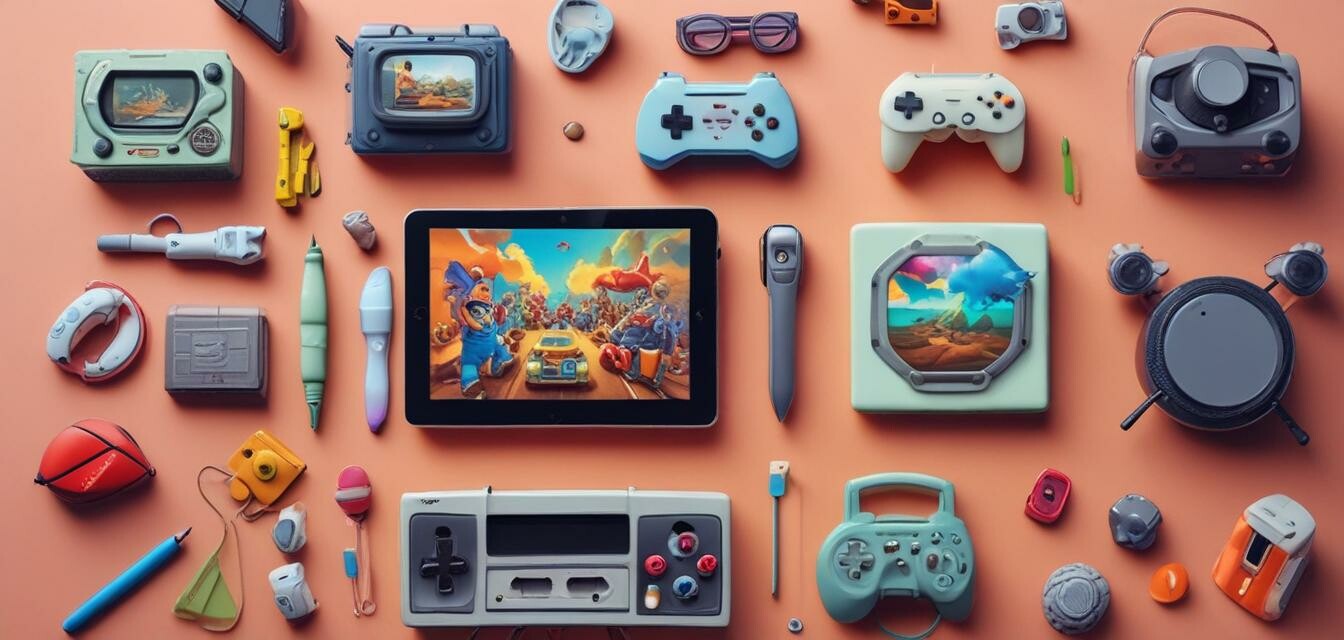
5 Factors to Consider When Buying for Kids’ Electronics
Key Takeaways
- Prioritize safety features in electronics for children.
- Assess the educational value to promote learning.
- Consider age-appropriateness to ensure enjoyment and learning.
- Evaluate durability for long-lasting use.
- Think about parental controls for monitoring usage.
Finding the right electronics for kids can feel overwhelming for many parents. With so many options on the market, it's essential to have a checklist that highlights the crucial factors to consider. This article will help you navigate through the essential considerations for buying kids' electronics in 2025, ensuring you make informed choices that prioritize safety, education, and fun!
1. Safety features
When selecting electronics for children, safety should be your foremost concern. Always look for products that comply with safety standards and have certifications that assure their safety during use.
- Material safety: Opt for toys and gadgets made from non-toxic materials.
- Age ratings: Ensure the device is suitable for your child’s age group.
- User manuals: Verify if the product includes instructions to assist in safe usage.
2. Educational value
The purpose of children's electronics should ideally align with educational goals. Here are some factors you might consider:
- Learning outcomes: Select products that help develop critical skills like problem-solving, creativity, and critical thinking.
- Interactive features: Choose electronics that allow interaction, encouraging active participation rather than passive use.
- Content variety: Look for modules that cover various subjects, from language development to STEM topics.
3. Age appropriateness
Age-appropriate electronics ensure that children engage with content suited to their development level. Here's how to make decisions based on age:
| Age Group | Recommended Features | Examples of Products |
|---|---|---|
| 0-3 years | Simple buttons, bright colors, tactile experiences | Educational toys, tablets with toddler apps |
| 4-7 years | Interactive games, storytelling features | Learning tablets, game consoles with educational games |
| 8-12 years | More complex features, problem-solving elements | STEM kits, programmable robots |
4. Durability
Kids are known for their rough and tumble play, which means the electronics need to stand up to everyday use. Consider the following:
- Material strength: Look for products made from durable materials that can withstand drops and impacts.
- Warranty: Check if the product comes with a warranty for added peace of mind.
- Reviews: Research consumer feedback on the durability of the product.
5. Parental controls
As a parent, it's essential to monitor your child's usage of electronics. Look for systems that offer:
- Content filtering: The ability to restrict access to inappropriate content.
- Screen time management: Tools that allow you to set timers for usage.
- Activity tracking: Insights into how your child is using the device.
Pros
- Enhances children's learning experiences.
- Encourages creativity and imagination.
- Can improve technological literacy from a young age.
Cons
- Can lead to over-reliance on technology.
- Some products may have inappropriate content accessible.
- Durability can vary widely between brands.
Final thoughts
Choosing the right electronics for kids doesn't have to be a daunting task. By focusing on safety, educational value, and age appropriateness, you can empower your children with tools that enrich their learning while also providing enjoyment. Don't forget to check out our [Kids' Educational Electronics](/products/kids-educational-electronics) for fun yet educational options!
Tips for Parents
- Engage with your child while they use electronics to enhance their experience.
- Set limits on screen time to ensure balanced tech usage.
- Encourage outdoor play alongside electronic use for physical health.
For more guides and assistance, view our [Buying Guides](/blog/buying-guides) section to explore more tips and product categories.